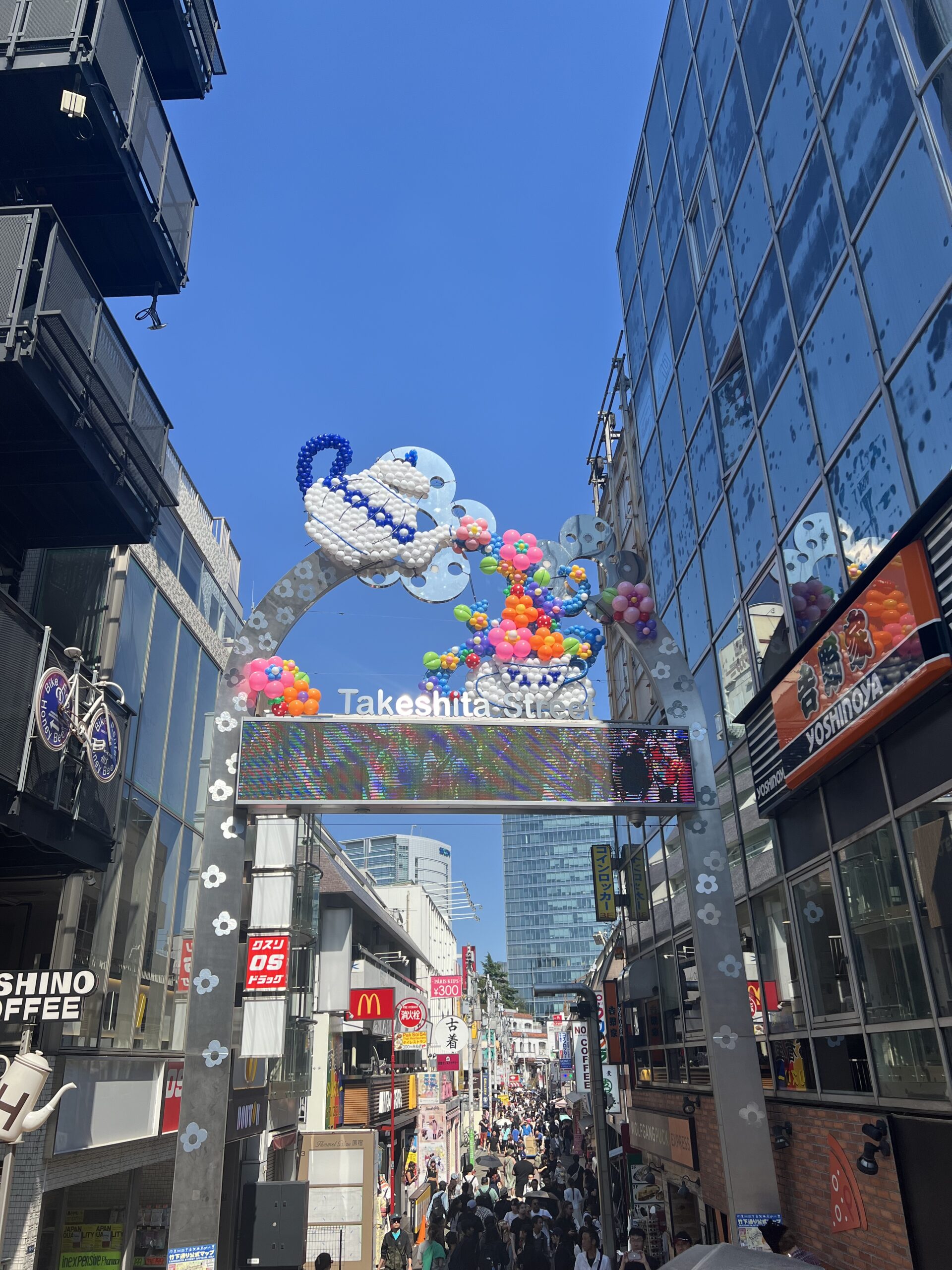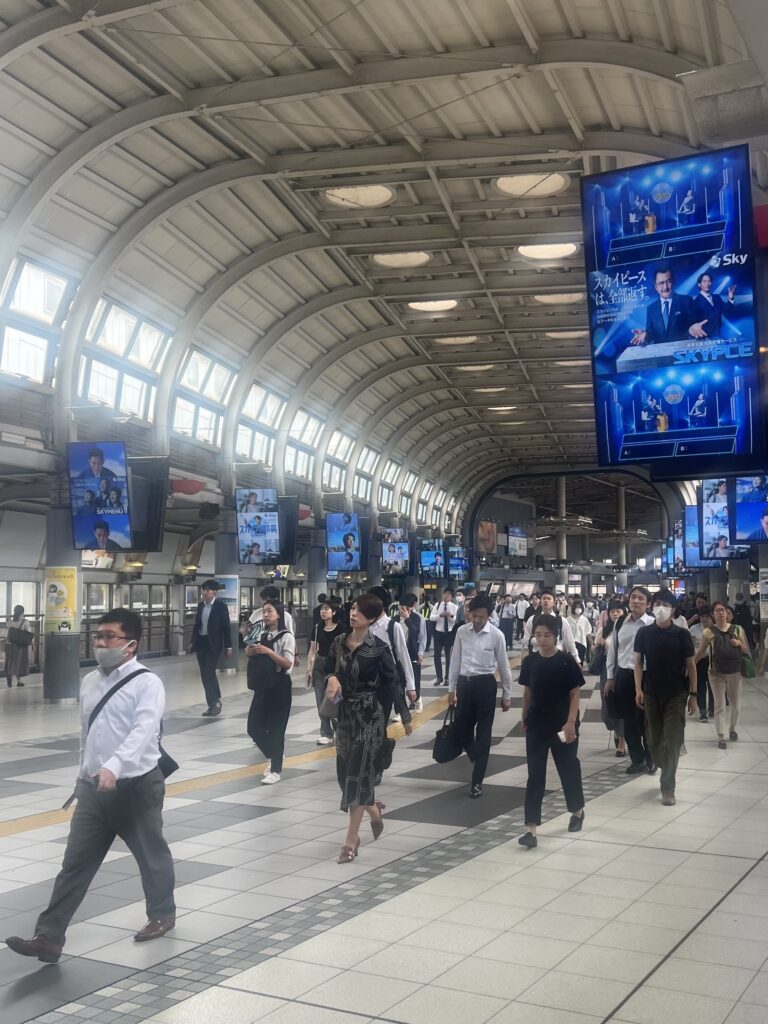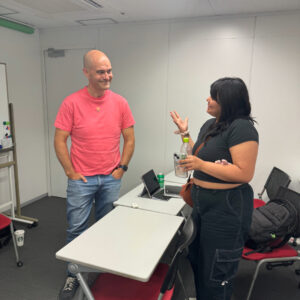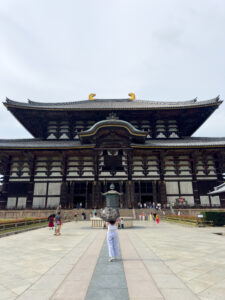
Tokyo’s fashion scene is eye candy for people watchers. Each district adds its own unique and distinct flavor to the city creating a cornucopia of style that’s both fascinating and inspiring.
Harajuku: a realm of youth culture and self expression
Stepping into the heart of Harajuku, people unleash their creativity and individualism by transforming themselves into living works of art. Think of neon-dyed hair, platform sneakers that allow wearers to reach for the sky, clothing covered head to toe in 3D accessories, makeup that transforms your facial features and outfits that are a mind-boggling mix of unconventional pairings.
You’ll be greeted with a unique combination of aesthetics and subcultures such as cosplay, kawaii, punk, gyaru and decora to name a few. Here’s a glimpse into some of the most prominent ones.
“Kawaii,” meaning cute in Japanese, is all about embracing sweetness and innocence. You can expect to see pastel colors, adorable characters like Hello Kitty and childlike silhouettes. Outfits are often adorned with bows, ruffles and heart shaped motifs. Kawaii fashion is more than just a look; it’s a culture that celebrates positivity and cuteness.
If you take a few steps further you might find Harajuku’s punk scene. The spirit of rebellion is embodied through ripped clothing, studded accessories and bold makeup. Hair is often dyed in bright colors or styled in spiky mohawks. Aside from aesthetics, this style displays a statement of breaking societal norms.
Venturing past the punk scene, you’ll find the maximalist style of decora meaning “decoration” in Japanese. Imagine outfits piled high with neon and brightly colored accessories from hair clips to mismatched socks to tutus layered over patterned tights. The goal is to create a visually overwhelming and playful look.
Harajuku isn’t just about maximalism. Gyaru, a transliteraltion of “gal” in Japanese, is all about pushing boundaries within the Japanese feminine standards which enforces the idea of pale face, politeness and minimal natural makeup. As a contrast to this, gyaru fashion defies these standards by embodying dark tans, rude and vulgar attitudes and bold makeup such as fake lashes and white lined eyes.
This is just a taste of the diverse subcultures that thrive in Harajuku. From cuteness to punk rock, there’s a style for everyone in this fashion epicenter.
Shinjuku: polished professionalism
A short train ride away from the youthful zest of Harajuku resides Shinjuku, Tokyo’s business district where fashion reflects efficiency and professionalism, two important values in Japanese culture. The fashion in Shinjuku provides a sharp contrast with Harajuku and is dramatically different.
The key is to look put together without sacrificing comfort and the ability to navigate a fast-paced environment. This concept aligns with “jikochukan” meaning time conscious. Every minute counts and clothing shouldn’t hinder movement or productivity.
Neutral colors like black, white, navy and beige flood the streetscape in Shinjuku. This sense of minimalism reflects the Japanese aesthetic of wabi-sabi, appreciating beauty in simplicity and having “a less is more” mindset. It also ensures versatility, allowing for easy mixing and matching to create multiple outfits.

The clean lines and neat silhouettes communicate respect for oneself and others in a shared space. Dressing up isn’t simply about personal expression, but a subtle acknowledgment of the collective good. It’s a way of contributing to the smooth and orderly flow of the city without unnecessary distractions.
However, Shinjuku isn’t devoid of personal style. Subtle, yet elegant and personal items such as a statement watch, unique pair of shoes or handbag allow for a touch of individuality. Balancing comfort, functionality and personal flair is essential in Shinjuku.
Ginza: A Place of High Fashion and Luxury
Switching gears from the self-expression of Harajuku and polished practicality of Shinjuku, you’ll find Ginza. Ginza’s streets offer the latest collections from the world’s most prestigious international luxury brands. Flagship stores such as Chanel, Louis Vuitton and Dior line the streets.
In Ginza, the focus is on quality craftsmanship and timeless pieces. Ginza’s fashion scene reflects Tokyo’s desire to be an international influencer and to showcase their sophisticated taste.
Unlike the loud displays of logos and overt luxury seen in major cities in the United States, Ginza radiates a quiet and understated luxury. Value is placed on higher quality materials and the craftsmanship itself rather than the social recognition received by the outward display of flashy name brands.
Ginza’s quiet luxury juxtaposes the playful rebellion of Harajuku and the efficient chic of Shinjuku. Despite these differences, a common theme runs through Tokyo’s fashion scene reflecting Japanese culture: dedication to detail, harmony and consideration.







